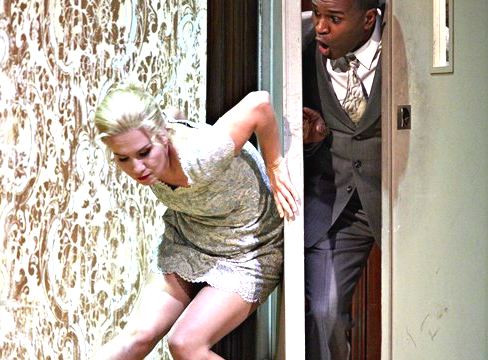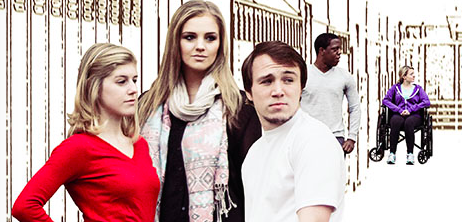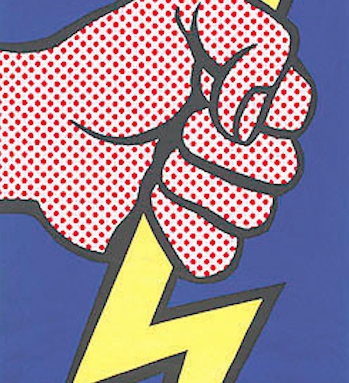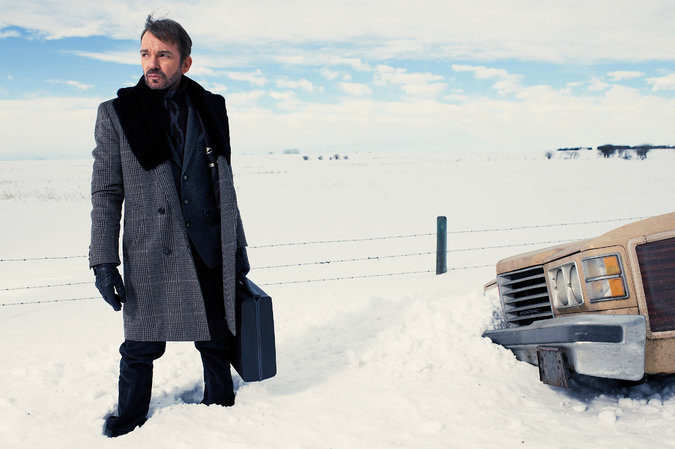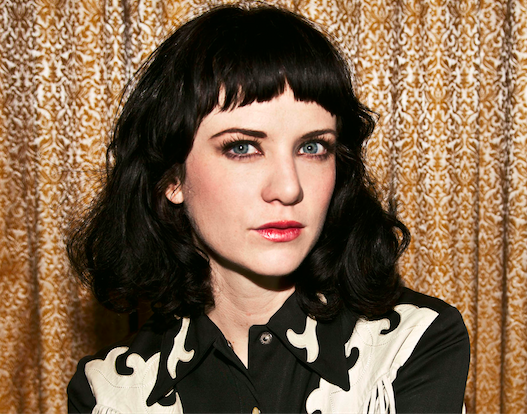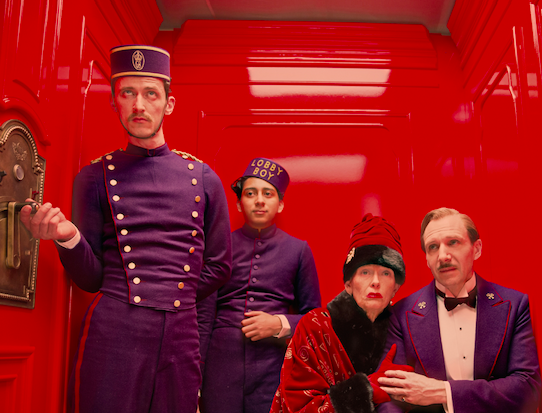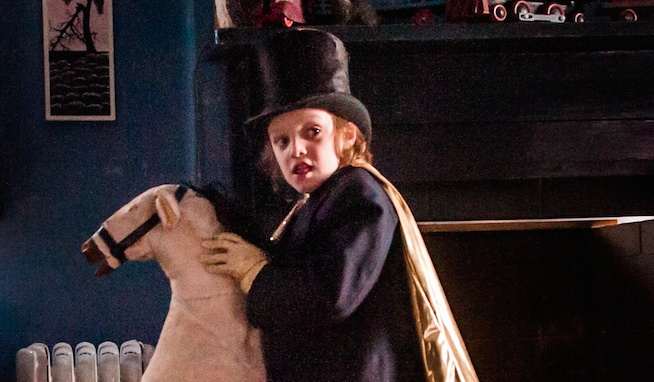Handel’s Alcina ● by Chris Lynch
This February, Indiana University Opera will present Handel’s fantasy opera Alcina in a new production designed by Robert Perdziola, directed by Chas Rader-Shieber, and conducted by Arthur Fagen. Although the opera was written in 1735, according to Rader-Shieber, “Handel has created characters that still speak to us today; that suffer the same pains, glory in the same loving gestures, and interact with the same bittersweet (more…)

